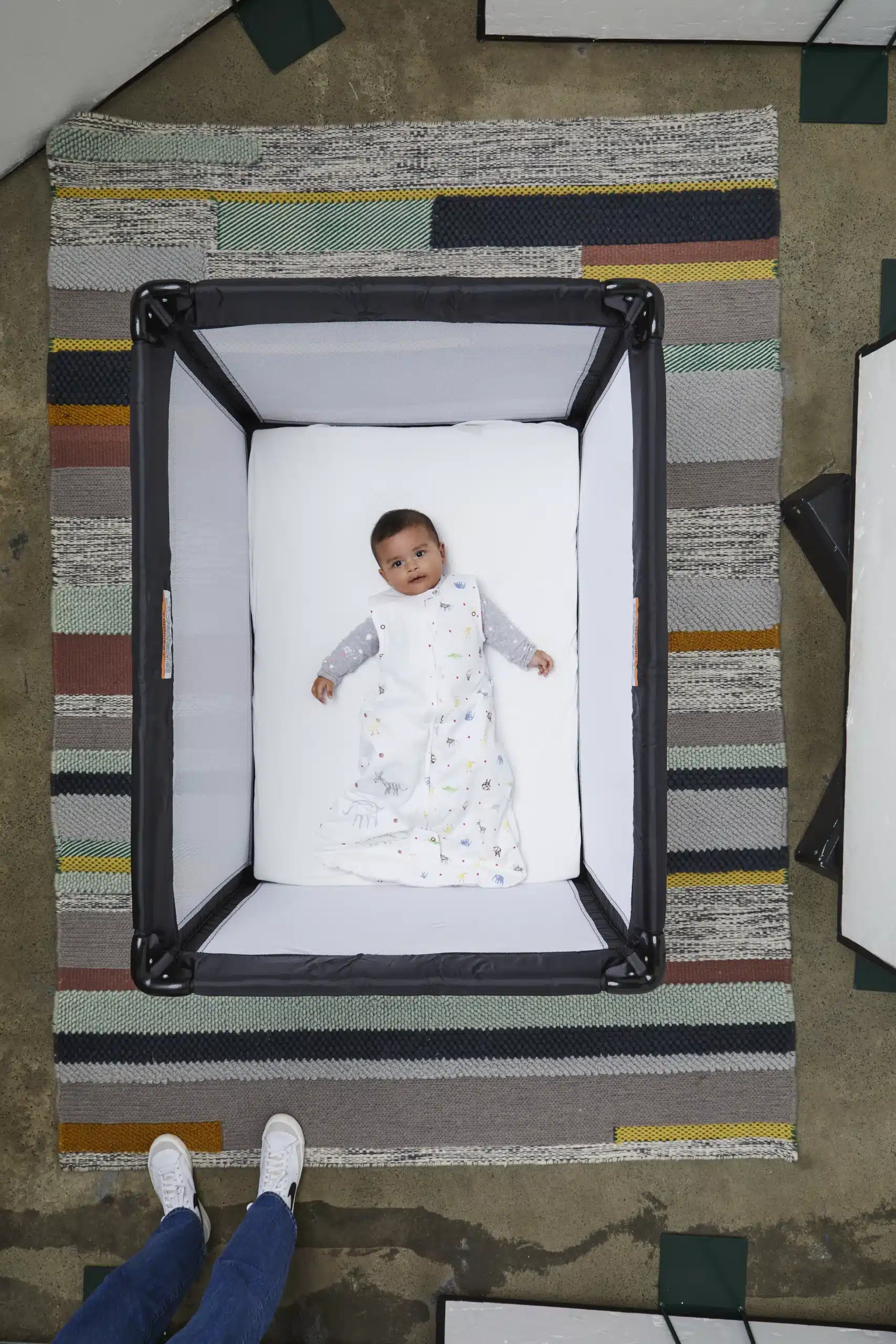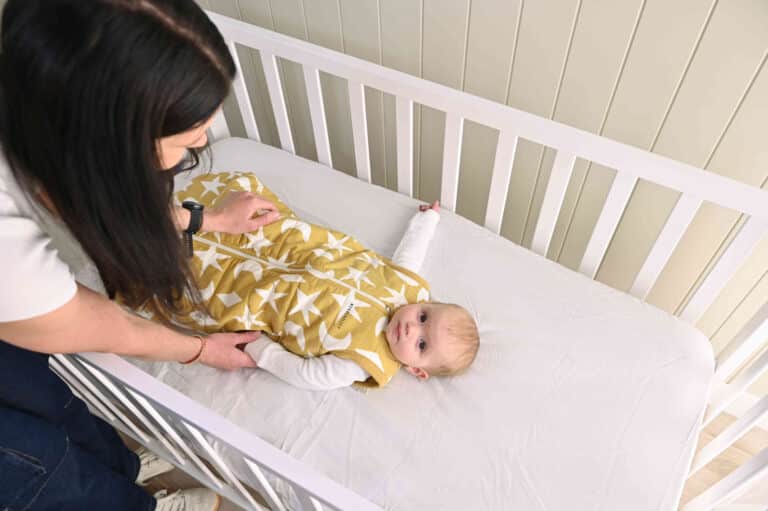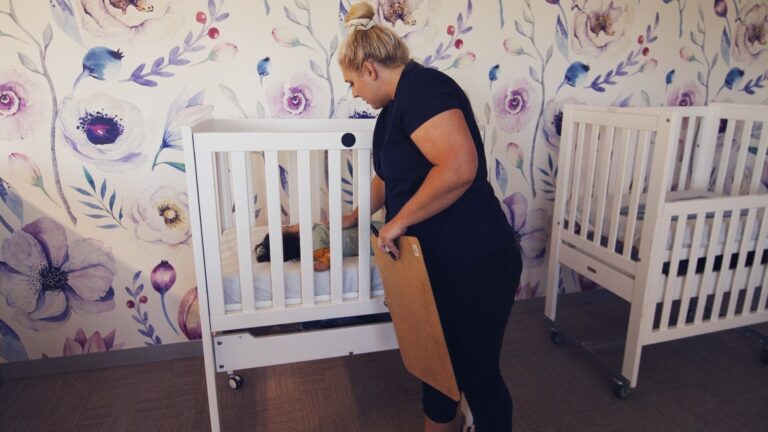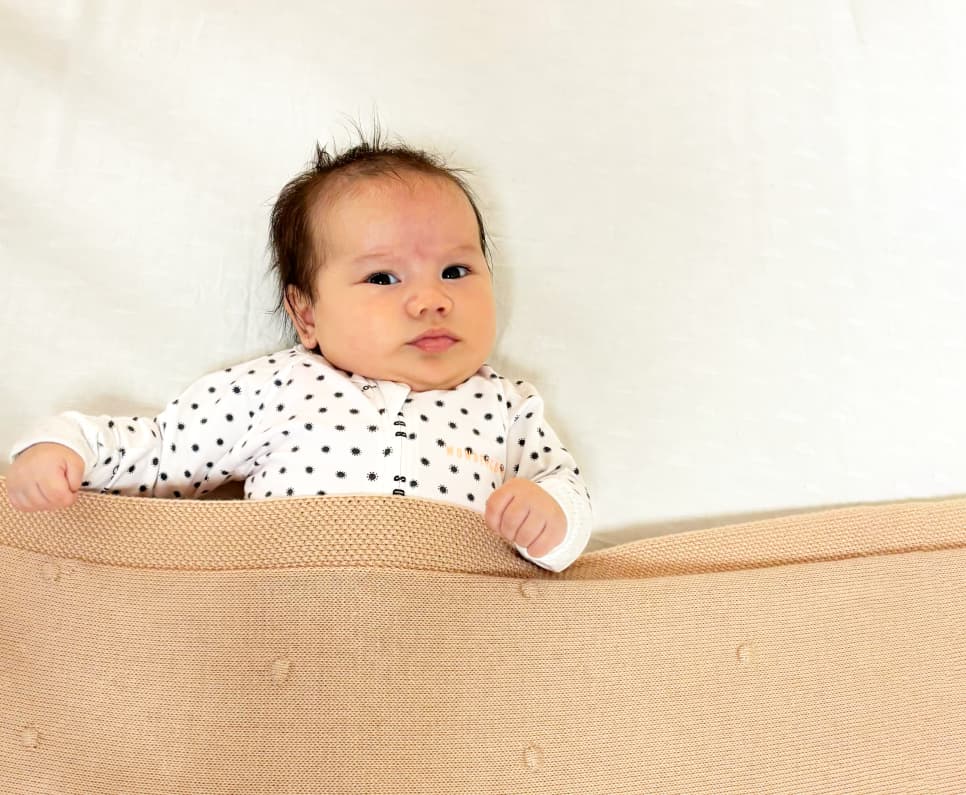Portable cots, also known as portacots or foldable baby cots, are a convenient option for families on the go. However, to ensure your baby’s safety, it’s essential to use them correctly and choose products that comply with Australian safety standards.
Portable Cot Safety Standards
All portable cots sold in Australia must meet the mandatory Australian Standard AS/NZS 2195. Always check the product label or instruction manual to confirm that your portable cot complies with this standard.
Key Safety Tips When Using a Portable Cot
To help reduce the risk of injury or sleep-related accidents, follow these important guidelines:
Assembly and Setup
- Always follow the manufacturer’s instructions when assembling the portable cot.
- Ensure the cot base is flat and stable before placing your baby inside.
Mattress and Padding
- Only use the mattress supplied with the cot.
- Do not add extra mattresses or padding, as these can increase the risk of suffocation.
Condition of the Cot
- Check the cot regularly for damage, broken parts, or tears in the mesh.
- Do not use the cot if it shows any signs of wear or does not lock securely into place.
Weight Limit
- Most portable cots have a weight limit of 15kg, but always refer to the specific instructions for your cot.
Bedding and Accessories
- Avoid using bedding with exposed elastic, which can pose a strangulation hazard.
- Remove pillows, toys, or loose blankets before placing your baby in the cot.
Choose a Cot That Meets Australian Standards
Never place your baby in a cot that doesn’t clearly state that it meets the Australian Standard AS/NZS 2195. Look for compliance labels or paperwork before purchase or use.
For more information about product safety and baby sleep guidelines, visit the Australian Government Product Safety website.
Did you find this helpful?
Good job! Please give your positive feedback
How could we improve this post? Please Help us.





